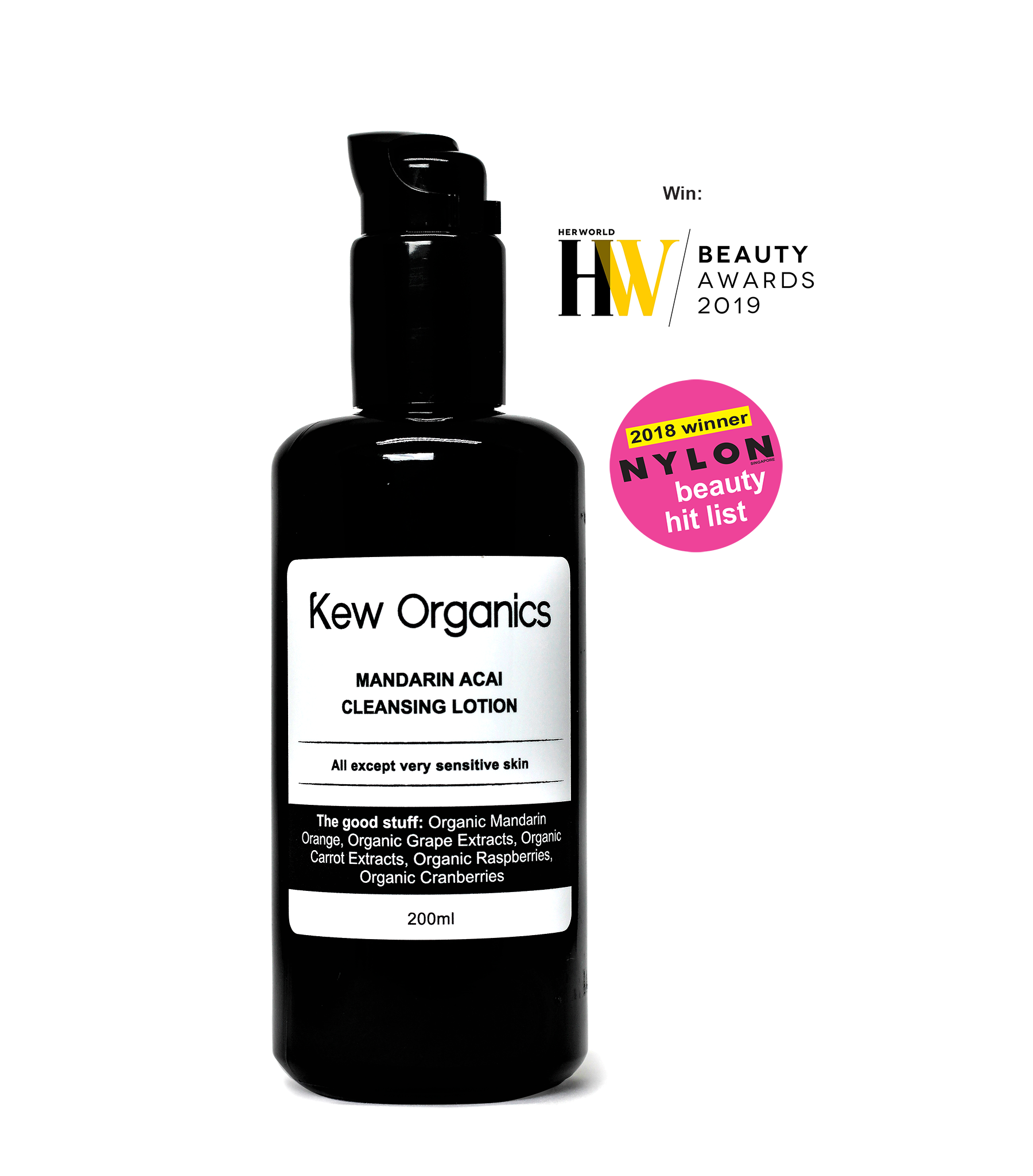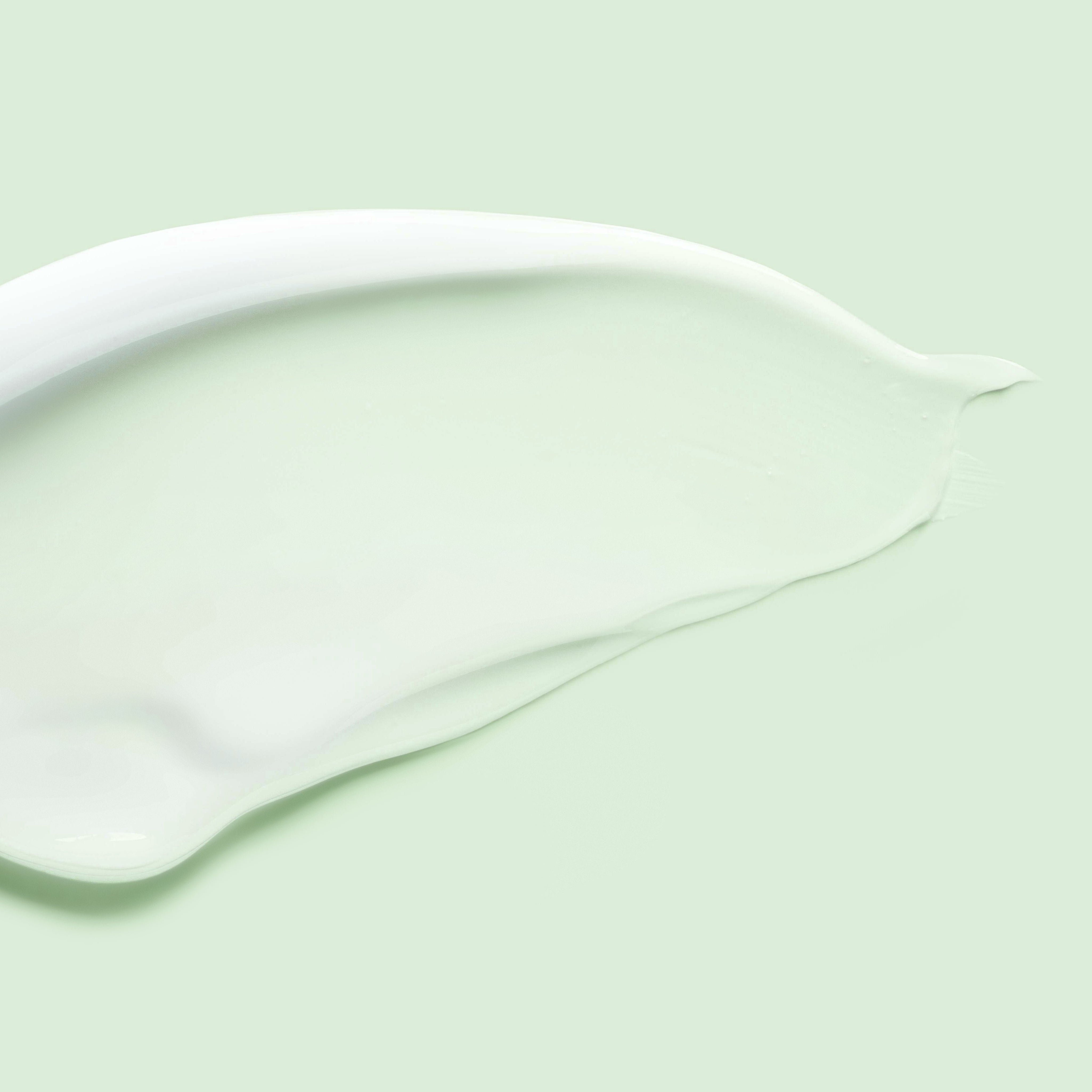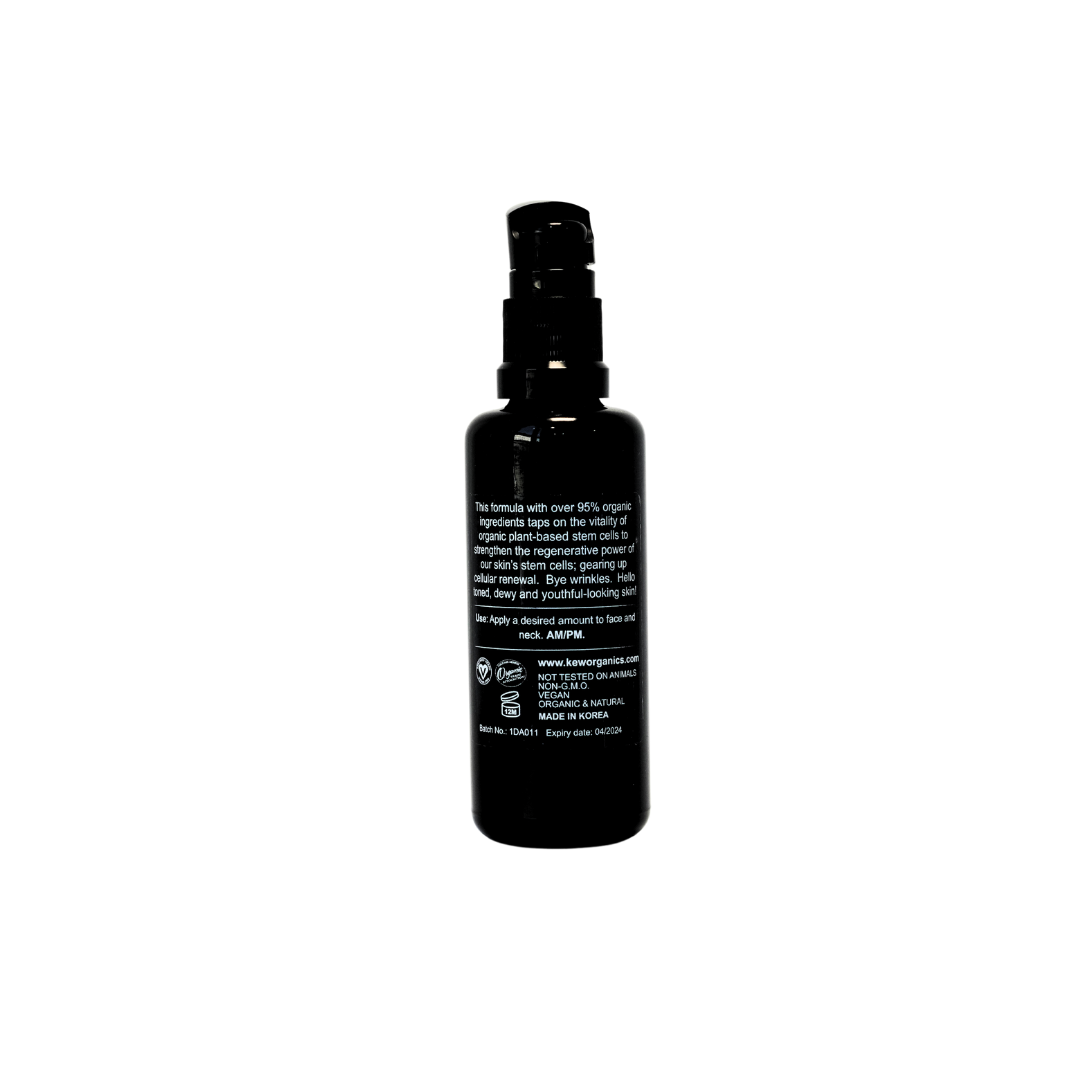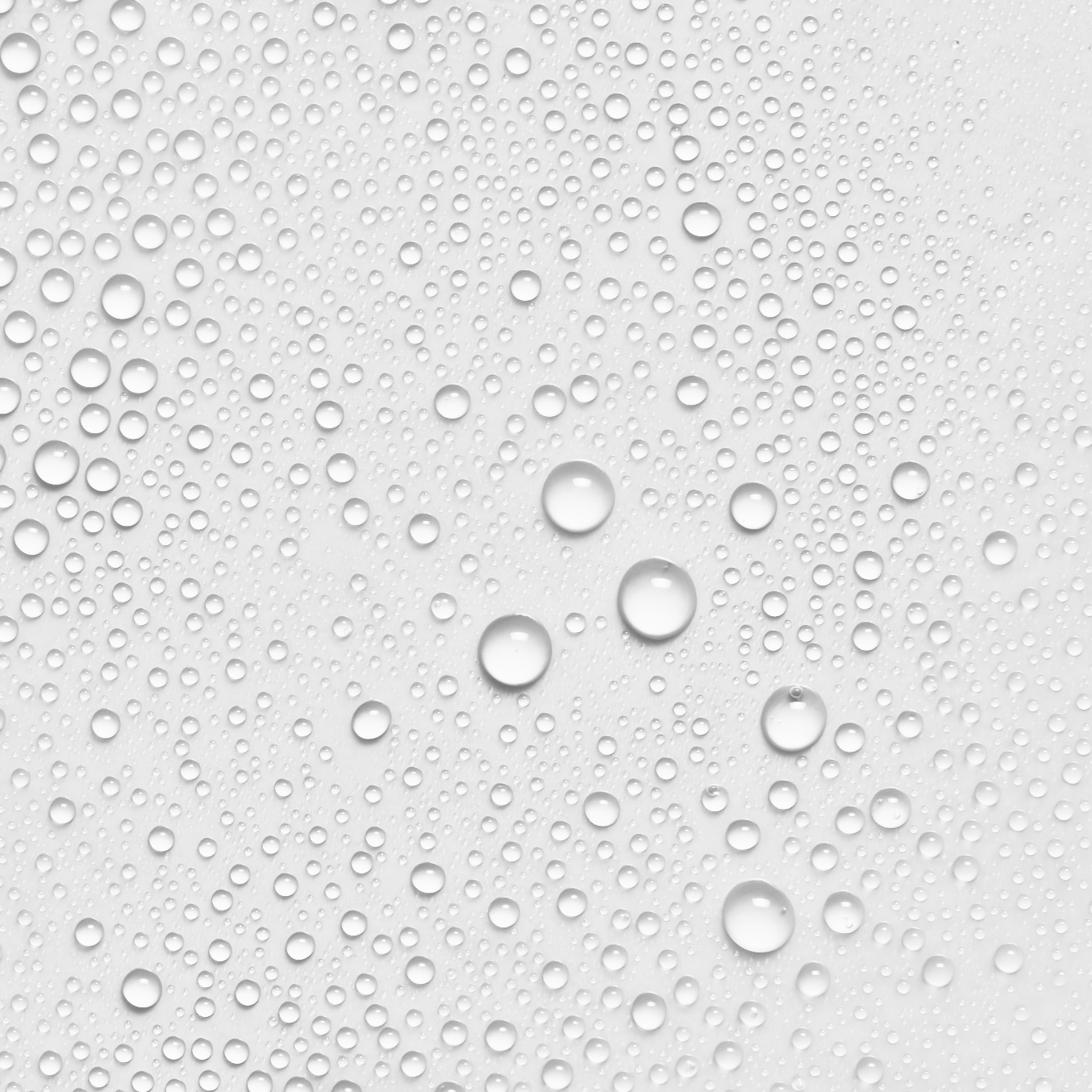Skin pH and How It Affects Your Skin

sherWhen it comes to achieving clear, healthy skin, there is a key factor that often gets overlooked, but which still plays a crucial role in maintaining our skin's overall well-being and that is skin pH.
What is skin pH?
The pH is a numeric scale that indicates how acidic or alkaline something is. On the pH scale of 1 to 14, 7 is neutral, below 7 is acidic and above 7 is alkaline. There is a common misconception (and also a logical assumption) that the ideal skin pH is 7 – neutral. Contrary to that belief, the pH of our skin is actually normal at 4.1 - 5.8 which is slightly acidic. This acidity helps maintain the balance of the skin’s natural oils and protect it from harmful bacteria.
Why does our skin’s acidity matter?
Skin pH affects the “acid mantle”, a thin barrier on the surface of our skin that helps maintain its slight acidity. A combination of sebum, sweat and other secretions, the acid mantle coats our skin in a thin film. The acidic nature of the acid mantle serves as a physical fortress, guarding against the infiltration of harmful microorganisms such as bacteria, viruses, and fungi, which thrive in more alkaline environments. Together with the skin’s natural microbiome (the trillions of microorganisms residing on and in our skin), they help keep our skin barrier healthy. The acid mantle also plays an important role in locking the moisture into our skin, preventing it from drying out to keep it healthy.
What happens when there’s an imbalance in skin pH?

To reiterate, our skin’s pH is normal at 4.1 - 5.8. When it falls out of this range due to environmental factors, topical products or hydration levels, our acid mantle can weaken. Besides, as our skin’s microbiome is dependent on our acid mantle’s pH levels being slightly acidic to inhibit the growth of acne-related bacteria, without this ideal acidity, both our acid mantle and our skin’s microbiome are compromised which results in a weakened overall skin barrier that becomes more vulnerable to a myriad of skin issues.
This is why supporting our skin’s ecosystem is two-fold
First, we need to feed the bacteria in and on our skin with nutrients to thrive and in this, we’re referring to prebiotics and probiotics. Second, we will need to maintain an ideal pH level for our acid mantle.
How you can support your skin’s microbiome and maintain your skin’s pH
- Include synbiotic (prebiotic + probiotic) in your skincare
- Avoid harsh cleansers
- Eat healthy and stay hydrated
- Use pH neutral and pH balanced products like our Resurrect Synbiotic Booster
References:
Collaborator, F.M. (2019) What is the microbiome, Acid Mantle, and skin barrier?, cocokind. Available at: https://www.cocokind.com/blogs/news/what-is-the-microbiome#:~:text=As%20indicated%20by%20its%20name,a%20myriad%20of%20skin%20issues. (Accessed: 11 July 2023).
Kaputk (2023) How to get your skin’s ph balance under control, Cleveland Clinic. Available at: https://health.clevelandclinic.org/what-is-skin-ph/ (Accessed: 11 July 2023).
Kumar, P. and Das, A. (2023) ‘Acid mantle: What we need to know’, Indian Journal of Dermatology, Venereology and Leprology, 0, pp. 1–4. doi:10.25259/ijdvl_153_2022.
Lambers, H. et al. (2006) ‘Natural skin surface ph is on average below 5, which is beneficial for its resident flora’, International Journal of Cosmetic Science, 28(5), pp. 359–370. doi:10.1111/j.1467-2494.2006.00344.x.




































